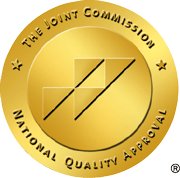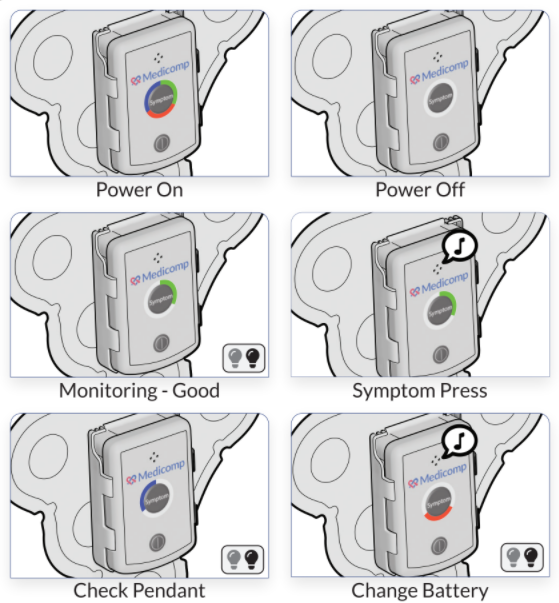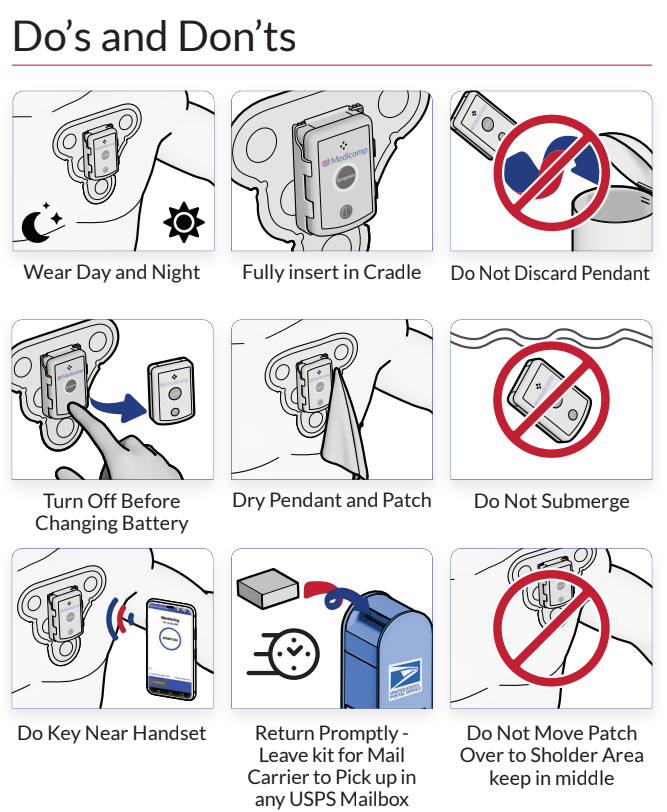According to the American Heart Association, approximately 25 percent of the general population has a patent foramen ovale (PFO). In many cases, PFOs are not discovered until after a patient has a cryptogenic stroke. Unfortunately, this leads patients to be more susceptible to future strokes.
RESPECT Trial
The RESPECT trial included 980 patients with an average age of 46. There were 499 individuals who received the PFO closure and 481 that did not. After following the patients for a total of six years, it was discovered that 3.6 percent of the PFO closure group had suffered a recurrent ischemic stroke versus 5.8 percent in the group that did not have a PFO closure. Additionally, the trial reported seven deaths among the PFO closure group, which is less than the 11 deaths that occurred in the control group.
CLOSE Trial
The CLOSE trial took a look at 663 patients that were mostly male and had an average age of 43. Of those patients, 173 were assigned to the PFO closure group, 180 to anticoagulation therapy, and 171 to antiplatelet therapy only. At the conclusion of 5.3 years, it was discovered that none of the PFO closure patients had suffered a stroke versus the 14 strokes among the participants in the other two groups.
REDUCE Trial
The REDUCE trial examined 664 patients with the average age of 45. A total of 441 received a PFO closure, while 223 were only treated with antiplatelet therapy. Each participant was followed over the course of five years. After the study came to a close, it was announced that only 1.4 percent of the patients in the PFO closure group had a recurrent clinical ischemic stroke compared to 5.4 percent of those in the antiplatelet therapy group.
In conclusion, all three studies had results that showed patients who received a PFO closure reduced their risks of suffering another stroke. Of course, doctors will also want to take into consideration any additional health issues their patients have before recommending a PFO closure, but the findings are certainly encouraging. ReactDx supplies a line of ECG monitors that help determine the state of a patient’s heart health. Call ReactDx at 800-234-3278 to learn more, or visit our News & Updates page.
At ReactDx, we have been advancing diagnostic cardiology since 1981. ReactDx develops, manufactures, and provides service with the most reliable and sophisticated ECG monitoring systems in the world. Since its inception, ReactDx has been at the forefront of the cardiac telemedicine industry – pioneering technology, improving existing technologies and adding new applications.



